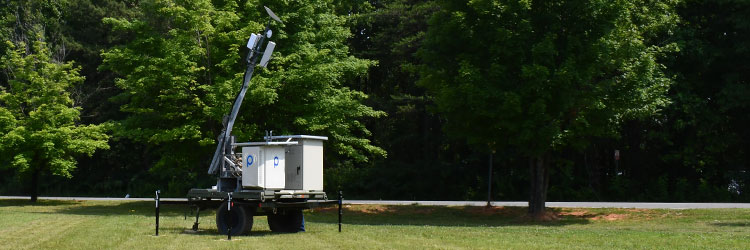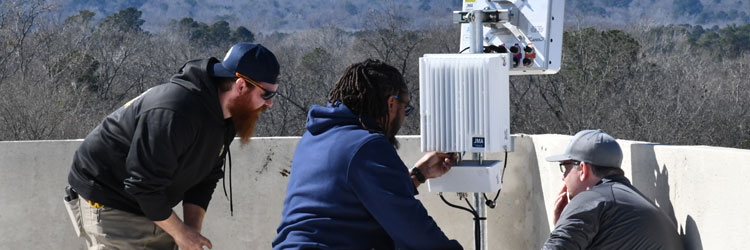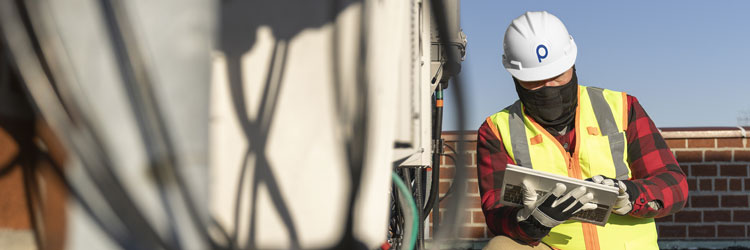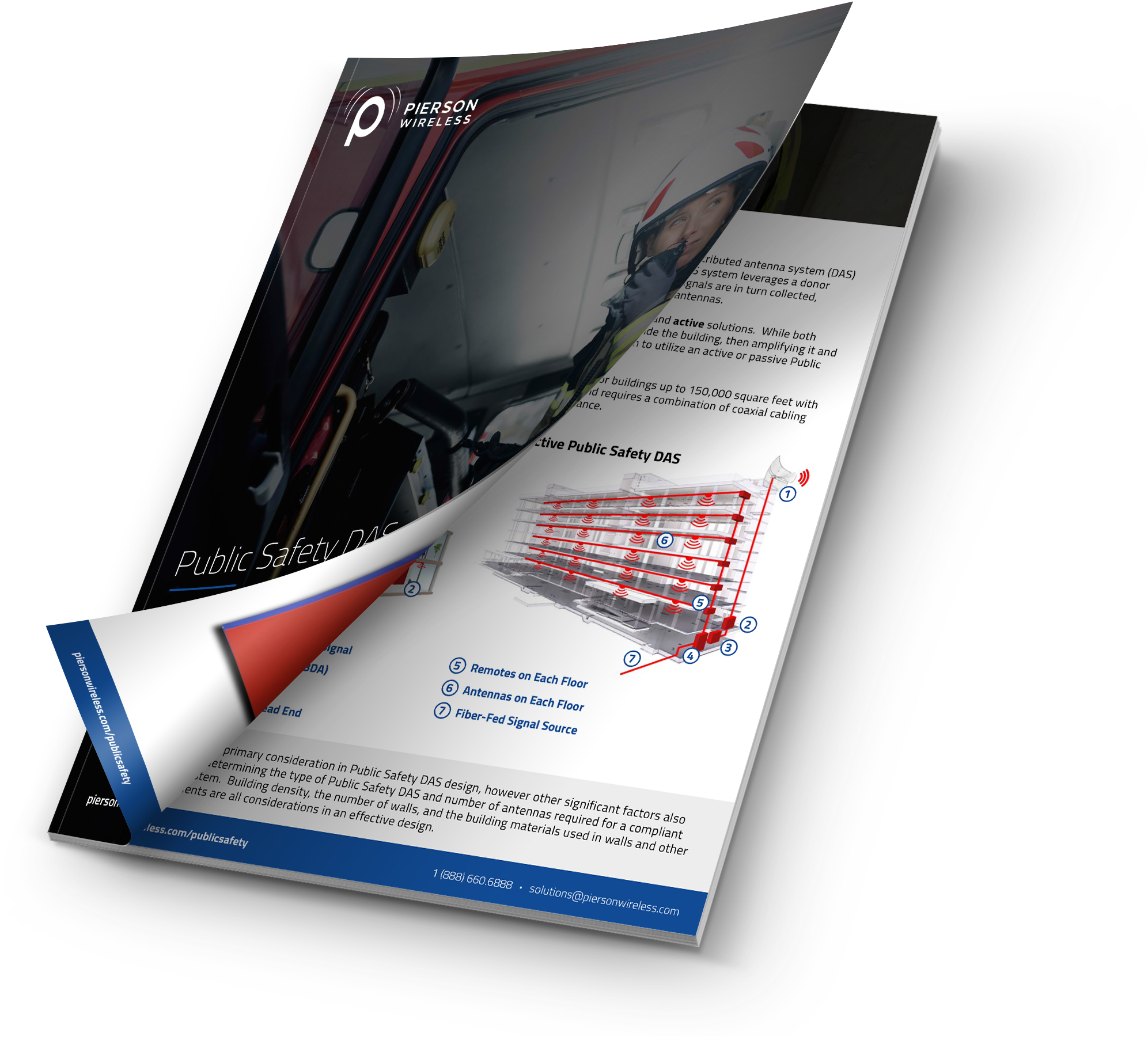What is a Public Safety Distributed Antenna System (DAS)?
A Public Safety DAS, also known as an Emergency Responder Communication Enhancement System (ERCES), is an antenna-based system that ensures first responders and safety officials will maintain mission-critical wireless communications during emergency situations within building structures of all sizes.
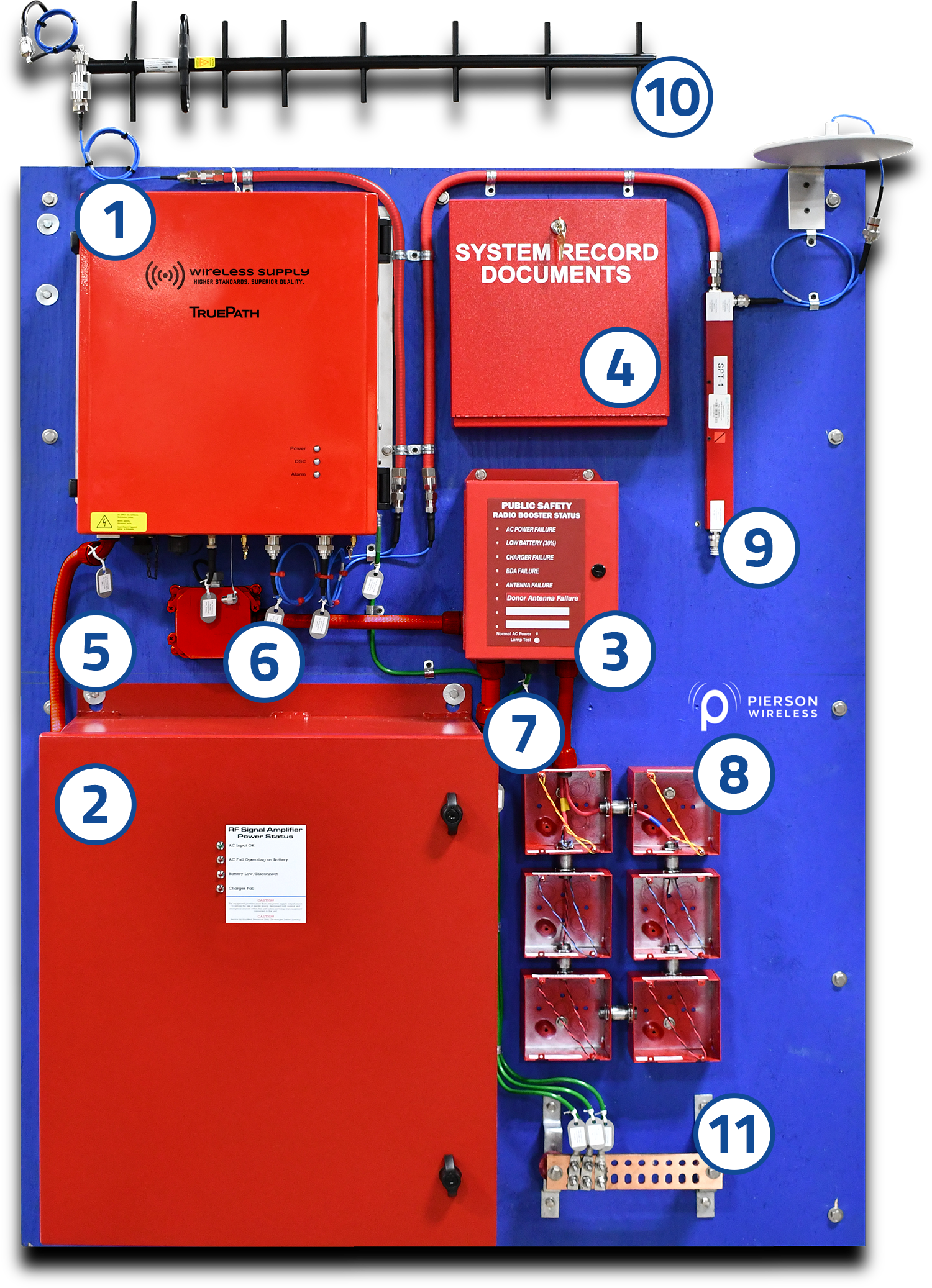
1
2
3
4
5
6
7
8
9
10
11

| 1 |
| 2 |
| 3 |
| 4 |
| 5 |
| 6 |
| 7 |
| 8 |
| 9 |
| 10 |
| 11 |
Why is a Public Safety DAS Essential?
The single most important reason Public Safety DAS exist and are necessary is to ensure critical communications between members of first responder teams that can mean the difference between life and death as they coordinate and execute emergency response tactics.
First responders coordinate efforts via radio signals broadcast within government-mandated frequency ranges, normally in the VHF, UHF, 700 and 800 MHz bands. However, the preponderance of steel, concrete and low-emissivity (Low-E) glass in modern construction creates many challenges for a reliable signal in large venues or multiple-level buildings. The density of the materials, coupled with the square footage within the structure makes it difficult for first responder radio signals to penetrate and populate the entirety of the space.
These suboptimal conditions create many issues for first responders who not only count upon reliable, high performing radio coverage but expect it. As a result, municipalities are making the presence of a Public Safety DAS mandatory and a requirement of occupancy.
Why are Public Safety DAS Systems Essential?
The single most important reason Public Safety DAS exist and are necessary is to ensure critical communications between members of first responder teams that can mean the difference between life and death as they coordinate and execute emergency response tactics.
First responders coordinate efforts via radio signals broadcast within government-mandated frequency ranges, normally in the VHF, UHF, 700 and 800 MHz bands. However, the preponderance of steel, concrete and low-emissivity (Low-E) glass in modern construction creates many challenges for a reliable signal in large venues or multiple-level buildings. The density of the materials, coupled with the square footage within the structure makes it difficult for first responder radio signals to penetrate and populate the entirety of the space.
These suboptimal conditions create many issues for first responders who not only count upon reliable, high performing radio coverage but expect it. As a result, municipalities are making the presence of a Public Safety DAS mandatory and a requirement of occupancy.
Interested in Public Safety DAS?
"*" indicates required fields
Interested in Public Safety DAS?
"*" indicates required fields
Codes, Ordinances & Public Safety DAS
States, cities, and counties across the country have established ordinances within their building codes that require the presence of a Public Safety DAS. These ordinances typically cover new building construction and in many cases, renovated buildings. These buildings must meet standards for emergency responder communications reliability to receive a Certificate of Occupancy.
They establish performance thresholds for the reliability and coverage area of the public safety solution and set testing and certification requirements that must be met for buildings to meet the code. Additionally, a public safety design must meet the required standards of the NFPA (National Fire Protection Association), the IFC (International Fire Code), and of the local AHJ (Authority Having Jurisdiction).
Building owners and operators are responsible for adhering to all codes and ordinances related to their properties, but Pierson Wireless’ team of public safety communications experts will assist you in understanding and navigating the requirements of your municipality. To learn more about the most common standards, check out this Pierson Wireless blog entry.
The AHJ mandates which private frequencies are required to operate across a public safety system. They also determine the acceptable signal strength thresholds, the extent of property coverage that’s required, and the frequency of testing and certification for the system.
How Does a Public Safety DAS Work?
Public safety communication systems are similar to a cellular enhancement distributed antenna system (DAS) utilized to enhance cellular signals throughout a structure. A Public Safety DAS system leverages a donor antenna to receive RF transmissions from public safety network towers, and those signals are in turn collected, amplified, and rebroadcast within the structure via a distributed network of antennas.
There are generally two types of Public Safety DAS, identified as passive and active solutions. While both solutions utilize the same formula of leveraging a signal originating outside the building, then amplifying it and distributing it inside the building via a network of antennas, the decision to utilize an active or passive Public Safety DAS is largely driven by the size of the structure serviced.
A passive solution utilizes coaxial cable and is an excellent choice for buildings up to 150,000 square feet with light density. An active solution is used for very large buildings and requires a combination of coaxial cabling and fiber, which allows signals to efficiently travel a greater distance.
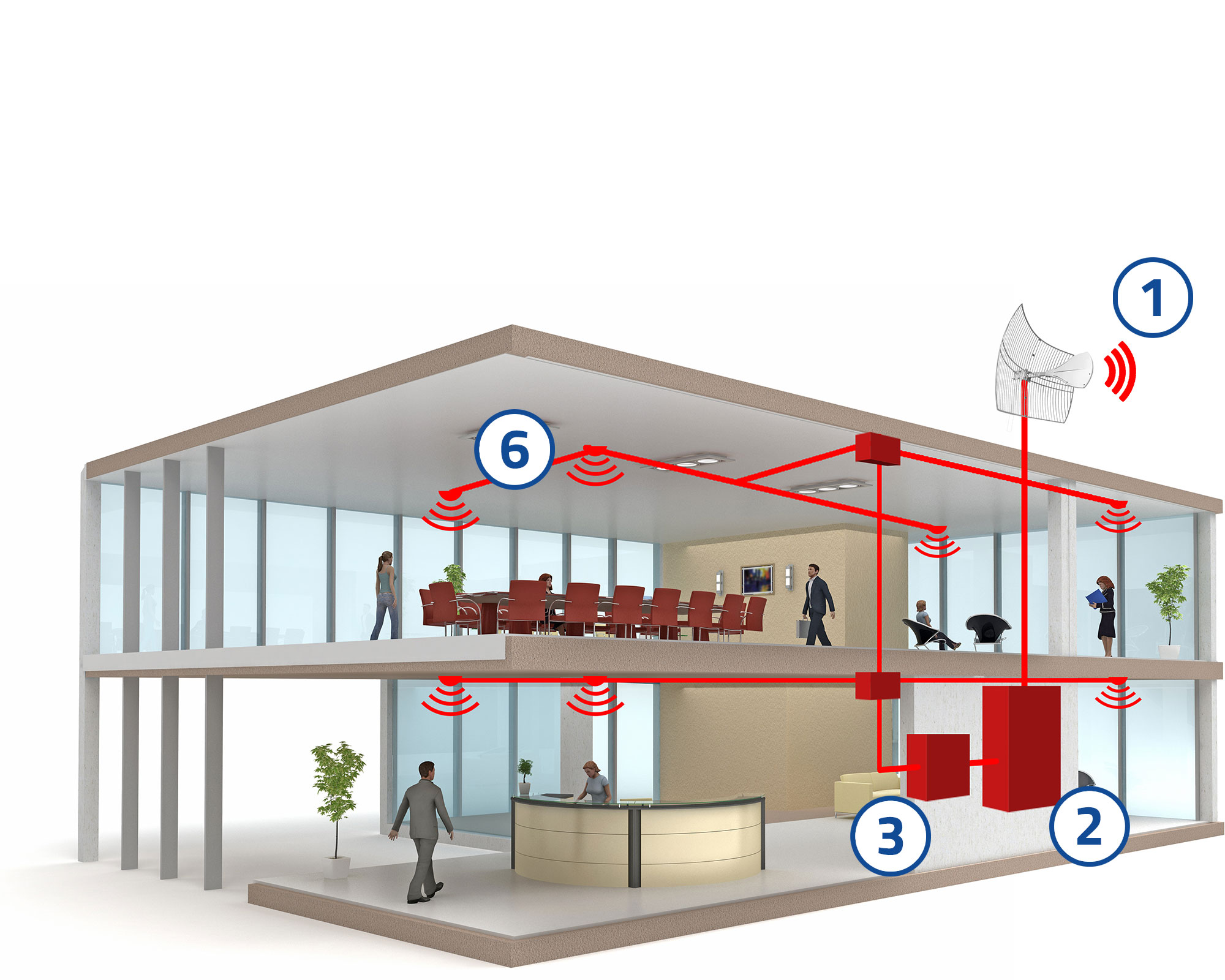
Passive Public Safety DAS
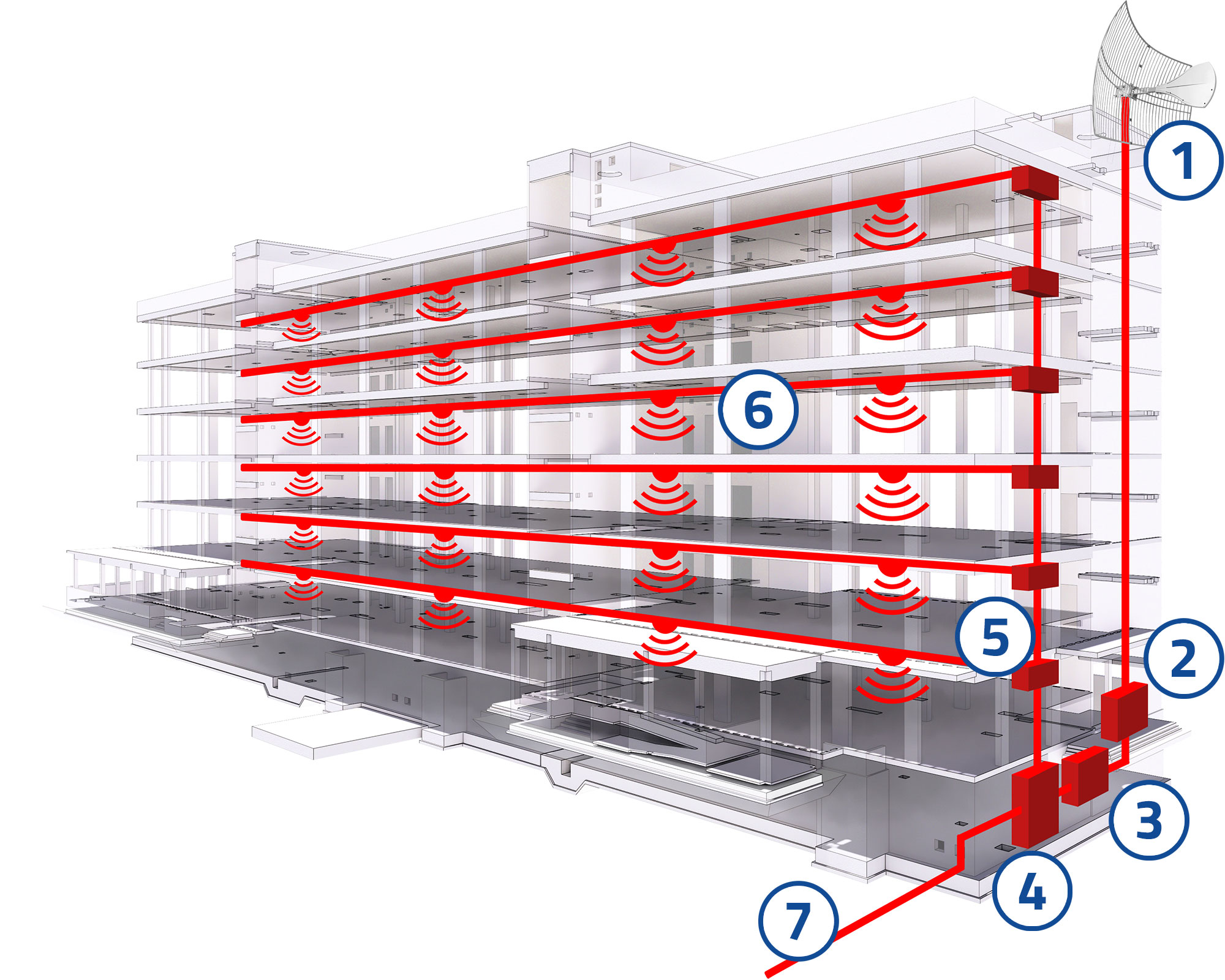
Active Public Safety DAS
1
2
3
4
5
6
7
| 1 |
| 2 |
| 3 |
| 4 |
| 5 |
| 6 |
| 7 |
Square footage is a primary consideration in Public Safety DAS design, however other significant factors also play a key role in determining the type of Public Safety DAS and number of antennas required for a compliant and effective system. Building density, the number of walls, and the building materials used in walls and other inside impediments are all considerations in an effective design.

Square footage is a primary consideration in Public Safety DAS design, however other significant factors also play a key role in determining the type of Public Safety DAS and number of antennas required for a compliant and effective system. Building density, the number of walls, and the building materials used in walls and other inside impediments are all considerations in an effective design.
capable of supporting all frequencies and public safety radio technologies, and we offer comprehensive monitoring packages to ensure the operability of your Public Safety DAS solution.
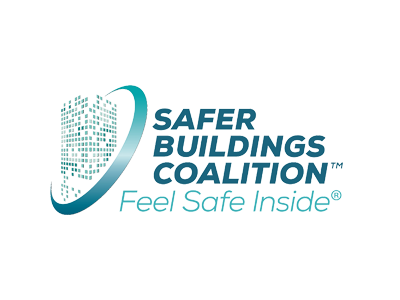





Frequently Asked Questions
Monitoring & Management
Your organization depends on the performance and reliability of your Public Safety DAS to support critical first responder communications during an emergency situation. Pierson Wireless offers a variety of Monitoring & Management programs that provide 24/7/365 peace of mind and confidence your Public Safety DAS is operating optimally.
Through our Monitoring programs, Pierson Wireless technicians proactively identify issues and outline solutions BEFORE your critical functions are interrupted. Active monitoring solutions result in reduced expenses related to service visits, improved system performance, and reliable communications during an emergency situation.
Pierson Wireless’ Management programs assign highly-skilled technicians to quickly and efficiently resolve issues with your system.

Monitoring & Management
Your organization depends on the performance and reliability of your Public Safety DAS to support critical first responder communications during an emergency situation. Pierson Wireless offers a variety of Monitoring & Management programs that provide 24/7/365 peace of mind and confidence your Public Safety DAS is operating optimally.
Through our Monitoring programs, Pierson Wireless technicians proactively identify issues and outline solutions BEFORE your critical functions are interrupted. Active monitoring solutions result in reduced expenses related to service visits, improved system performance, and reliable communications during an emergency situation.
Pierson Wireless’ Management programs assign highly-skilled technicians to quickly and efficiently resolve issues with your system.
Haunted by Dead Zones: Solving Connectivity Gaps in Underserved Areas
Even the most vibrant environments can go dark when networks can’t keep up. From large-scale facilities to campus networks . . .
Packed Stadiums, Peak Performance: Why Game Day Demands Next-Generation Wireless
When 70,000 fans step into a stadium, it becomes one of the most demanding wireless environments anywhere. Concrete, steel, . . .
When Time is of the Essence, Pierson Wireless Public Safety is There for Customers
"Before anything else, preparation is the key to success." That's a quote attributed to Alexander Graham Bell, and it's fitting . . .
Haunted by Dead Zones: Solving Connectivity Gaps in Underserved Areas
Even the most vibrant environments can go dark when networks can’t keep up. From large-scale facilities to campus networks . . .




